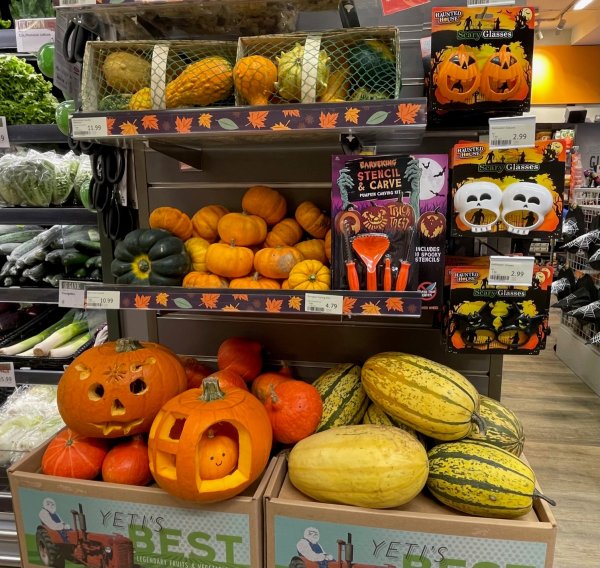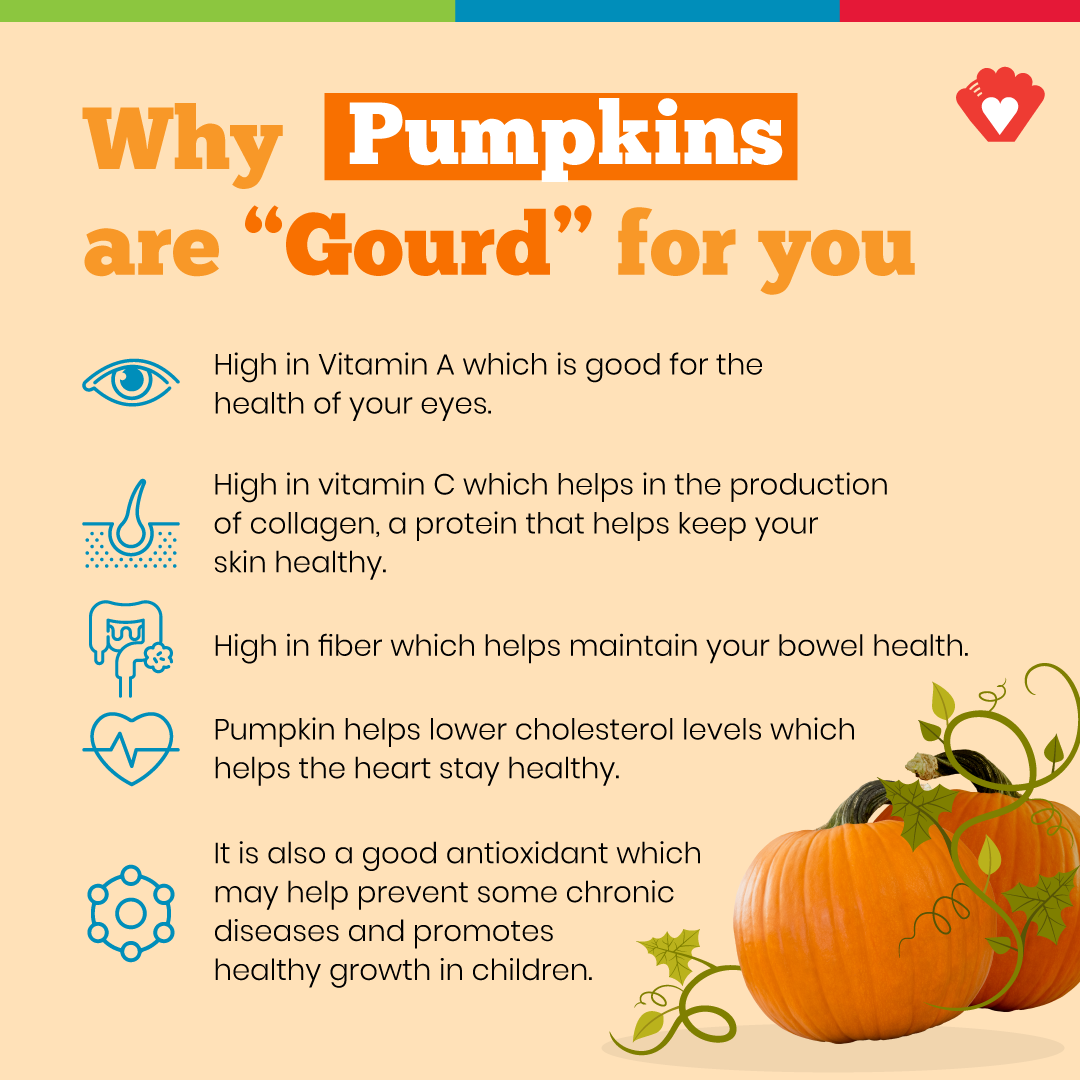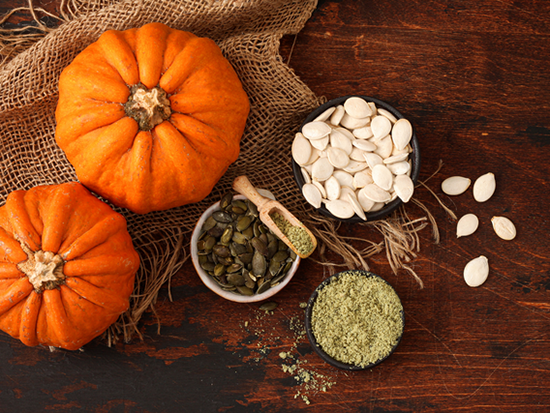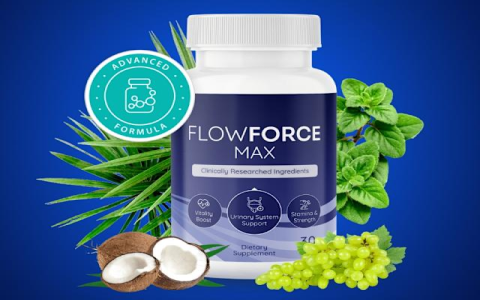So, you know how every fall, when you carve up those pumpkins, you’re left with that tough, woody stem? Yeah, that thing. Most people, myself included for a long time, just used to chuck it straight into the compost bin or, worse, the trash. Seemed like the most useless part of the pumpkin, didn’t it?
My Pumpkin Stem Journey
Well, a few years back, I had this bumper crop of pumpkins from my little garden patch. I mean, pumpkins everywhere! And I’m one of those people who really, really hates wasting things. My granddad always used to say, “Use it up, wear it out, make it do, or do without.” That kinda stuck with me. So, I started looking at these leftover stems piled up on my workbench and thought, there’s gotta be something more to these.
I remember just picking one up, a nice sturdy one, and turning it over in my hands. It felt solid, like a piece of wood. My first thought was, what if I could dry these out? What then? It wasn’t like you could just bite into it, obviously.
So, the first thing I did was gather a bunch of them. All different shapes and sizes. I laid them out on some old newspaper in the shed to dry. This took a while, weeks actually. I’d go check on them, give them a turn. Some shriveled up a bit, others just got harder.

Once they were properly dried out – like, rock hard – I started to experiment. My initial ideas were pretty basic. Could they be used for crafts? Maybe. Some of the twisty ones looked kinda cool. But I was more curious if there was any other, you know, use to them, like the old folks used to find for every bit of a plant.
I’d heard some whispers, read some old forgotten blog posts, that maybe these stems had some hidden properties. Nothing concrete, just hints. So, I figured, why not try to process them a bit?
- My first attempt was trying to grind one up. Big mistake with my cheap coffee grinder. Nearly burnt the motor out! That thing was tough.
- Then I got a bit smarter. I took a hammer and very carefully, wearing safety goggles mind you, smashed a dried stem into smaller pieces. Then, I used a heavy-duty mortar and pestle. Took ages, real arm workout. But I ended up with a coarse powder.
Okay, so now I had this weird, fibrous, woody powder. What next? I wasn’t about to season my soup with it. But I remembered reading somewhere, ages ago, that some traditional remedies used parts of plants you wouldn’t expect. I wasn’t looking to cure anything, just curious, you know? Purely experimental, on my own time.
I decided to try making a sort of infusion, like a tea. Just a tiny pinch of this powder in some hot water. I let it steep for a good ten minutes. The water turned a pale brownish color. The smell was very earthy, a bit like dried leaves.

And the taste? Well, let’s just say it wasn’t my favorite cup of tea. It was bland, a bit woody, as you’d expect. But I did try sipping a little. I didn’t notice anything dramatic, no sudden enlightenment or anything. But I did feel a tiny bit… I don’t know, maybe a bit settled? Could have been all in my head, the power of suggestion and all that. I tried this a few times over a couple of weeks. Didn’t hurt me, that’s for sure.
Then I got another idea. Someone mentioned, just in passing, that sometimes plant parts with a lot of fiber were used for cleaning or soothing things. So, I took some of the larger, dried pieces – not powdered – and boiled them for a long, long time, until they were a bit softer, though still very tough. I figured, maybe the water itself might have extracted something. I let it cool and tried dabbing a bit on a patch of skin that always gets a bit itchy in winter. Again, nothing miraculous, but it didn’t seem to make it worse, and maybe, just maybe, it felt a tiny bit less irritated for a short while. Highly subjective, of course. This was just me messing around in my kitchen.
What I did find more practical, though, was using the really tough, dried stems as little handles for things, or even as decorative bits for fall wreaths. And one time, I used a really coarse bit, almost like a natural pumice, to scrub some stubborn grime off an old terracotta pot. That actually worked surprisingly well!
So, What’s the Point?
Look, I’m not here to tell you pumpkin stems are some miracle ingredient. My little experiments were just that – experiments. Personal trial and error. But it was a fascinating process. It made me think about how much we just throw away without a second thought. Our ancestors, they probably knew a lot more about using every single part of a plant.

For me, it was more about the satisfaction of trying to find a use for something overlooked. It’s that “waste not, want not” thing again. And honestly, just the process of drying them, grinding them (even if it was a pain), and trying things out was pretty interesting. It connects you a bit more to the stuff you grow or buy.
So next time you’re carving that pumpkin, maybe give that stem a second look. You might not turn it into a health elixir, but who knows? Maybe you’ll find your own little use for it. Or at least, you’ll think twice before just tossing it. That’s my story with pumpkin stems, anyway. Just a bit of my own practical record, shared for what it’s worth.
